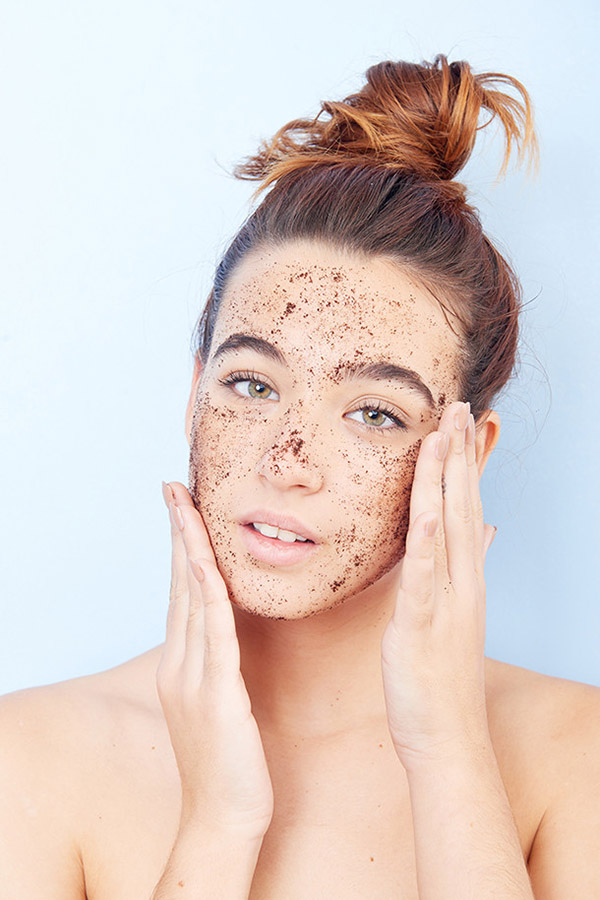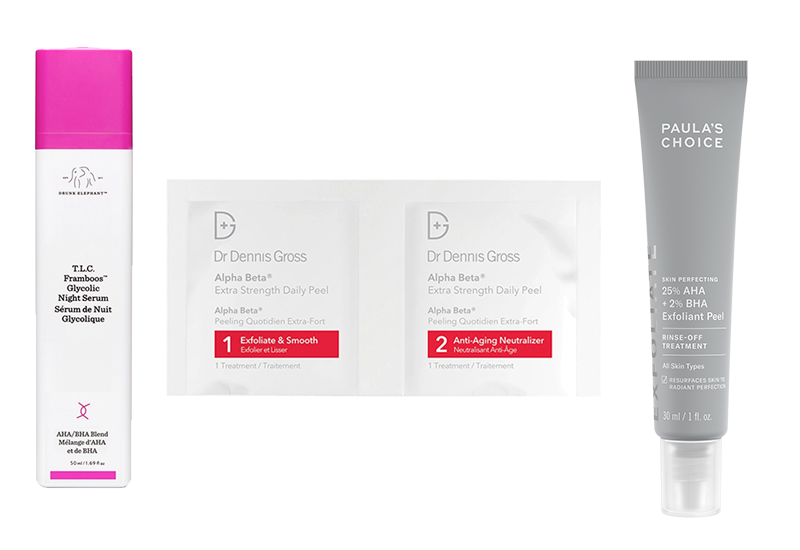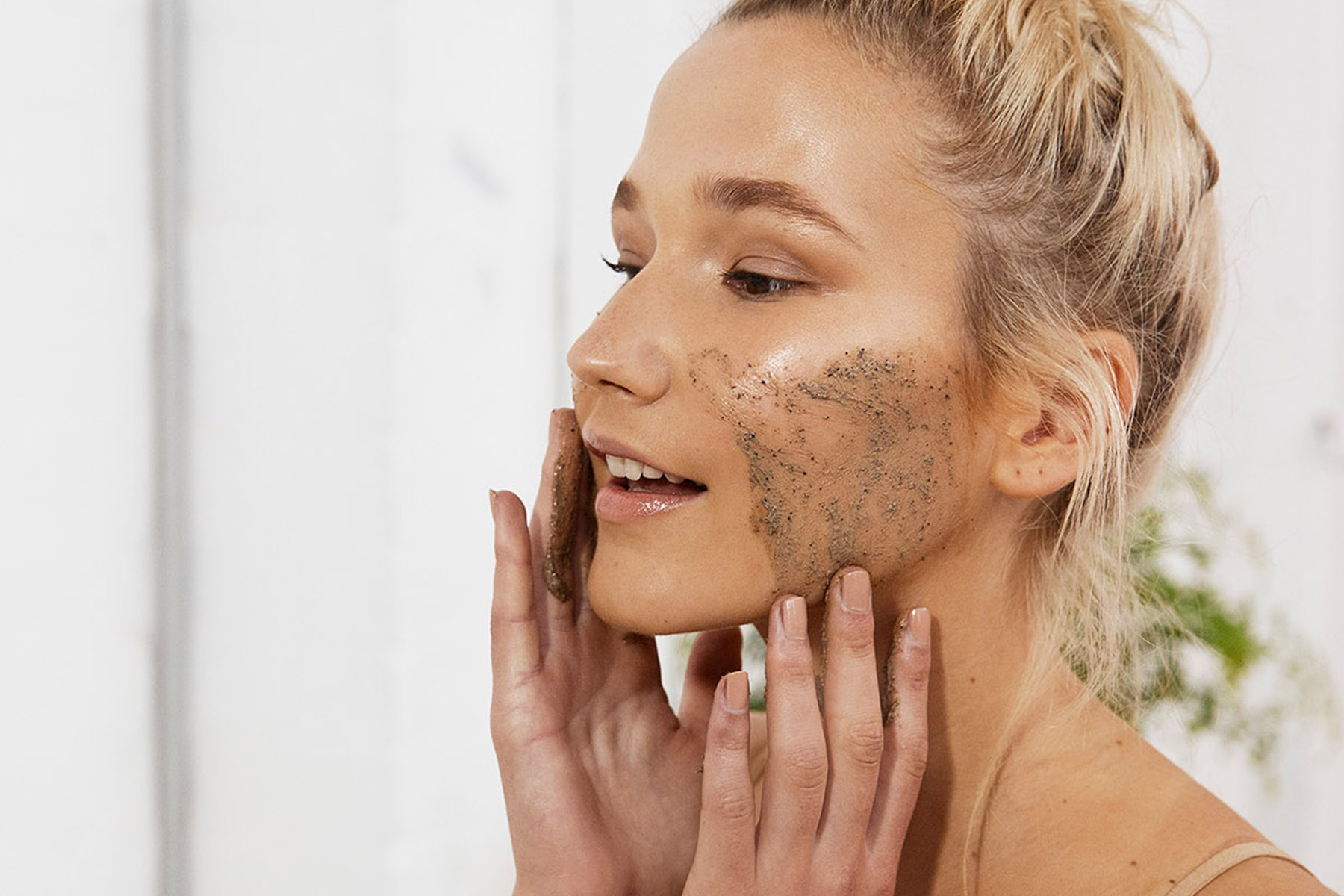Without exfoliation, dead skin cells can build up and clog your pores, thus leading to acne, skin dullness, larger appearance of pores and signs of aging.

Cleansing, toning, applying serum and moisturizing may be the most common steps in a daily skincare routine. But there’s one more step you should practice at least once a week – and we’re not talking about masking. The keyword: exfoliating.
If you haven’t incorporated this step into your regime, we’ve spell out everything you need to know from its benefits to when and how to exfoliate below. On the flip side, if you’ve tried it and found that it didn’t do much for you, here’s why you should give it another go (see: types of exfoliants to find which is best for your skin).
What is exfoliation?
In skincare, exfoliation involves the process of removing dead skin cells on the surface of your skin. Without this step, dead skin cells can build up and clog your pores, thus leading to acne, skin dullness, larger appearance of pores and signs of aging.
Why should you exfoliate?
 A normal skin cell cycle lasts roughly 28 days from the start of its lifespan at the base of the epidermis to the time it reaches the surface of the skin to be shed off. Our skin cells are able to naturally shed off on their own, but as we age, these cells lose their regenerative ability and may not break down as easily after reaching maturity.
A normal skin cell cycle lasts roughly 28 days from the start of its lifespan at the base of the epidermis to the time it reaches the surface of the skin to be shed off. Our skin cells are able to naturally shed off on their own, but as we age, these cells lose their regenerative ability and may not break down as easily after reaching maturity.
Over time, this will cause a buildup of dead skin cells that may disrupt the flow of sebum out of pores, in turn leading to whiteheads, blackheads, acne or bacterial growth.
Exfoliating will help the skin’s natural process of clearing the dead skin cells on top of the following benefits:
- Decongest pores and reduce breakouts (caused by dead skin buildup)
- Minimise appearance of pores, fine lines and wrinkles
- Improve the skin’s absorption of other skincare products
- Even out skin tone and texture
Types of exfoliants
There are two main types of exfoliators, physical and chemical. Physical exfoliators involves physically scrubbing the surface of the skin with either tools such as a facial cleaning device, brush, loofah or pumice; or products with small, textured particles such as sugar, coffee or rice granules.
Since physical exfoliators can be harsh and abrasive, they are generally not recommended for sensitive skin types as they can trigger redness and irritation. If used too often or too aggressively, they may also cause micro-tears in the skin, which can damage the skin’s protective barrier and cause dryness or infections.
Having said that, don’t rule out physical exfoliators entirely, especially if you have thicker and more resilient skin. Some brands now offer more refined granules in their physical exfoliants to improve efficacy while reducing abrasiveness and sensitisation.

On the other hand, chemical exfoliators use certain acids or enzymes to dissolve or break down the bond between the dead skin cells so they shed off easily. The most common types of chemical exfoliators are AHAs (glycolic acid, lactic acid and mandelic acid) and BHAs (salicylic acid).
Lactic acid and mandelic acid are gentler AHAs, which are preferred if you’re just starting out. Glycolic acid and salicylic acid are more potent and effective at helping to curb acne and congestion, but may cause a tingling sensation during application.

Read more: The skincare glossary: Our ultimate guide to understanding skincare labels
When and how to exfoliate?
As a general rule of thumb, you should exfoliate the skin once to twice a week. Depending on your skin type and condition as well as the product formulation, you may also increase or decrease the frequency as needed (i.e. when your skin feels extra dull or congested).
Oily skin types tend to need more exfoliation than dry skin, so as to help remove excess sebum and reduce oil production. However, don’t be tempted to over-exfoliate (no more than three times per week) as it can dry out the skin and cause breakouts.
When in doubt, always start by patch testing on a small area of the face or use a product with lower concentration of acids (for chemical exfoliants). You can slowly work your way to higher concentrations, but dial it back down should you experience any irritation or dryness.
AM: Use a physical exfoliant in the morning after cleansing to remove the dead skin cells that may have built up overnight. Follow up with slightly more moisturiser than you normally would apply to protect the skin’s moisture barrier.
PM: Use a chemical exfoliant in the evening to assist in cell repair and renewal that occurs during sleep. Don’t forget to apply sunscreen the next morning as chemical exfoliants will increase the skin’s sensitivity to the sun.
You may also like: Demystifying sunscreen application (especially over makeup)
Model images: Shutterstock
Product images: Courtesy of respective brands










